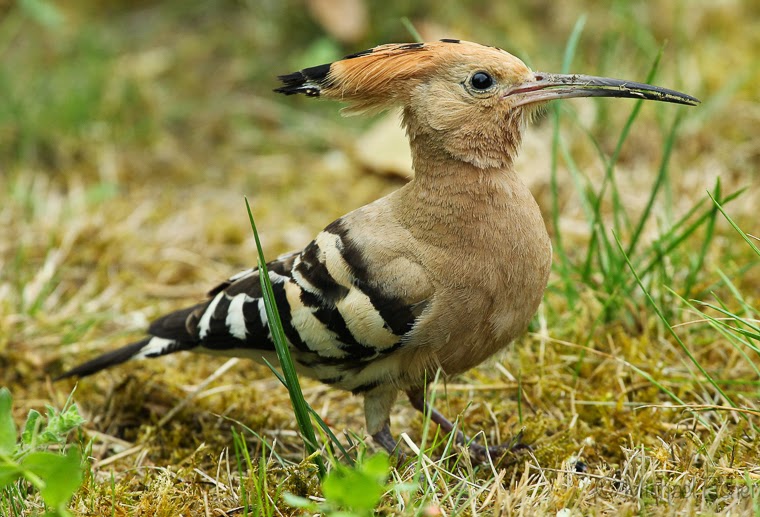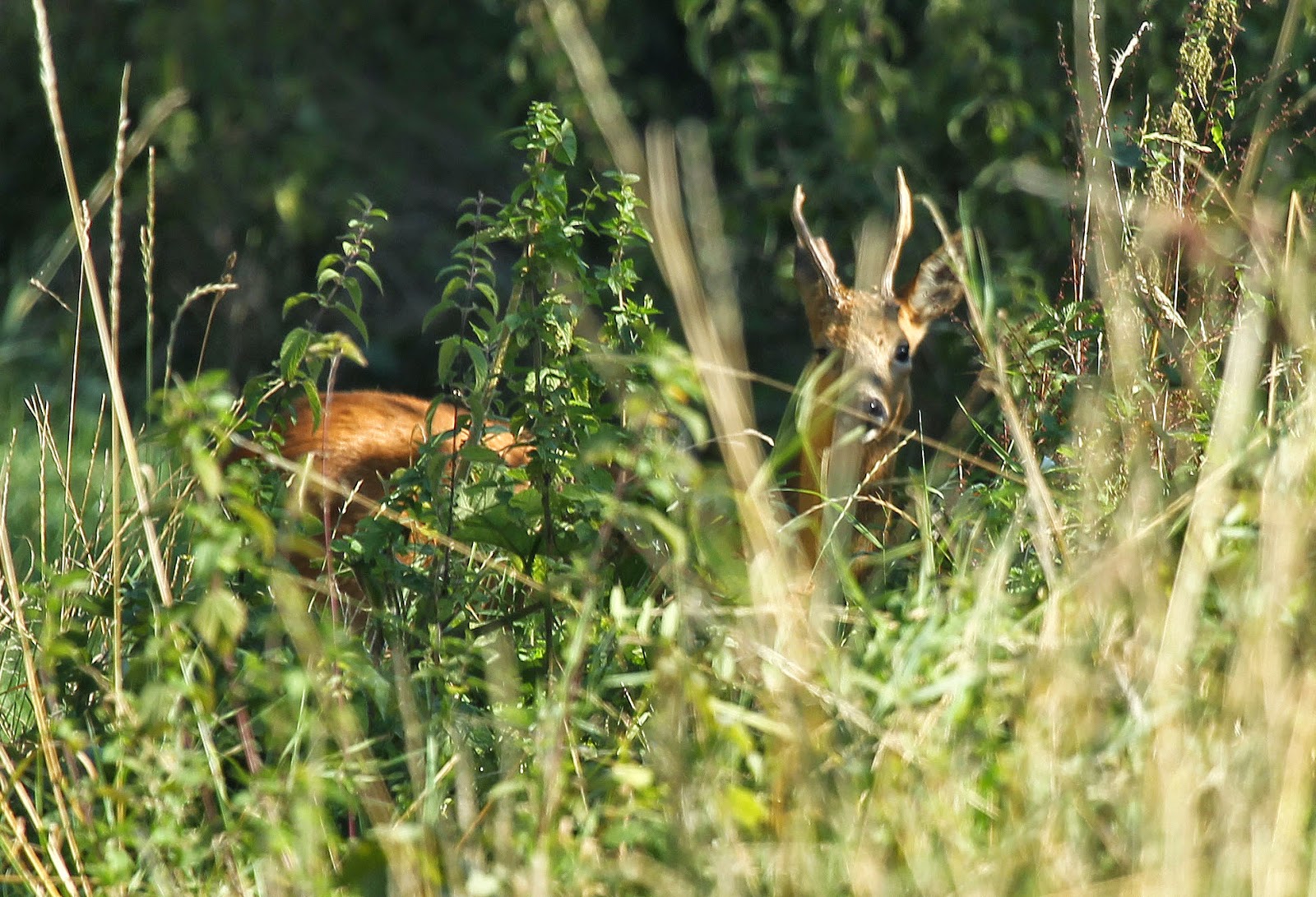Dorset, a wonderful county and our former home, every year we return to see and share time with family. This year was a little different, as we normally visit during June or September, this trip, it's the last three weeks of August, as we had a family wedding. During our stay we had a a few days to ourselves and we decided to visit some of the highlight sites that one remembers from their youth.
The lighthouse at Portland Bill. Lots of tourists, but also lots of migrating birds now arriving and waiting for the weather, to make their crossing to France on their migration.
Looking out across the sea to Portland,the causeway just visible between Ferrybridge and Portland. Jutting so far out into the sea, you can see why it is a favoured migration stop for the birds.
From Portland looking back across the Chesil Bank to Weymouth.
The Chesil Bank (Linda over the top), looking down from Portland one cannot imagine how high the bank is. Linda loves stones and shells, she could be lost for ever, sorting through this lot!
The weather today is not kind, the wind howls and it feels cold. We decide to have our picnic lunch at Chesil beach, here even the Starlings are feeling the cold, preferring to stay on the rocks that have a little warmth left on them from the earlier sun.
By the time we arrive at Lodemoor RSPB reserve, the weather is even greyer and this lapwing seems to reflect the feeling.
This family of Common Terns will be heading for Africa any day now.
High on the hill above Ringstead bay we look back towards Portland harbour.
Ringstead bay catching a little sun, beyond Portland the causeway and Ferrybridge.
A must to visit, Lulworth cove, late in the day, to miss the holiday hoards.
Two days later we decide on a return visit to Ringstead bay and walked to Durdle Door along the beach and smugglers path.
A long the way we see many Northern Wheatears, resting on the fence posts whilst watching for food, before they cross the channel to France and on to Africa.
A Small tortoiseshell and Speckled wood butterflies rest on the footpath in the sunshine.
Coming up the smugglers footpath, the view ahead is beautiful.
Then like a spotlight, the sun illuminates the white cliffs, making them sparkle.
As we cross the hills in search of our car, the clouds seem to nearly make contact with the golden fields. What a great day out.

































































